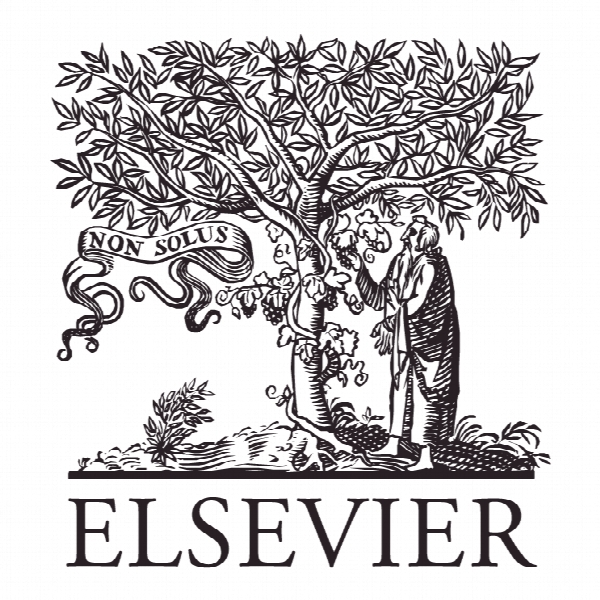تعهد دوگانه در سازمان: تاثیر تعهد سازمانی بر رفتار شهروندی کارکنان Dual commitment in the organization: Effects of the interplay of team and organizational commitment on employee citizenship behavior, efficacy beliefs, and turnover intentions
- نوع فایل : کتاب
- زبان : انگلیسی
- ناشر : Elsevier
- چاپ و سال / کشور: 2018
توضیحات
رشته های مرتبط مدیریت و روانشناسی
گرایش های مرتبط روانشناسی صنعتی و سازمانی و مدیریت منابع انسانی
مجله رفتار حرفه ای – Journal of Vocational Behavior
دانشگاه University of Applied Sciences Northwestern Switzerland – Switzerland
منتشر شده در نشریه الزویر
کلمات کلیدی تعهد تیم، تعهد سازمانی، تعهد دوگانه، کانون چندگانه، اثرات افزایشی، اثرات تعاملی، رویکرد شخص محور، رویکرد متغیر محور، رفتار شهروندی سازمانی، باورهای کارآمدی، اهداف گردشگری
گرایش های مرتبط روانشناسی صنعتی و سازمانی و مدیریت منابع انسانی
مجله رفتار حرفه ای – Journal of Vocational Behavior
دانشگاه University of Applied Sciences Northwestern Switzerland – Switzerland
منتشر شده در نشریه الزویر
کلمات کلیدی تعهد تیم، تعهد سازمانی، تعهد دوگانه، کانون چندگانه، اثرات افزایشی، اثرات تعاملی، رویکرد شخص محور، رویکرد متغیر محور، رفتار شهروندی سازمانی، باورهای کارآمدی، اهداف گردشگری
Description
Introduction Affective commitment to the organization and to the team1 are two desirable and distinct workplace attachments because they are differentially predictive of important workplace outcomes (Meyer & Herscovitch, 2001; Meyer, Stanley, Herscovitch, & Topolnytsky, 2002; Riketta & van Dick, 2005). Given today’s trend in organizations towards more decentralized and team-based structures, commitment scholars have increasingly encouraged the promotion of team commitment because it is more important for grouporiented behavior and team effectiveness (e.g. Galletta, Portoghese, Coppola, Finco, & Campagna, 2014; Ganesh & Gupta, 2015). Most of what is known about team and organizational commitment, however, is based on studies of their relative strength (Riketta & van Dick, 2005) or additive effects (e.g. Redman & Snape, 2005). Little attention has been paid to interactions and commitment profiles. The present study aims to contribute to a more comprehensive understanding of the behavioral implications of the two commitments by investigating their interplay from both a variable-centered and person-centered perspective. First, using a variable-centered approach, we will show that existing theories result in unclear predictions about how the two commitments interact with regard to team- and organizationdirected citizenship behavior, efficacy beliefs, and turnover intentions. Based on social identity and consistency theory (Brewer, 1991; Festinger, 1962; Tajfel & Turner, 1986), we will test the proposition that each commitment adds to and reinforces the other’s association with its primarily corresponding outcome component, rather than being redundant as suggested by the so called “target similarity principle” (Lavelle, Rupp, & Brockner, 2007).


